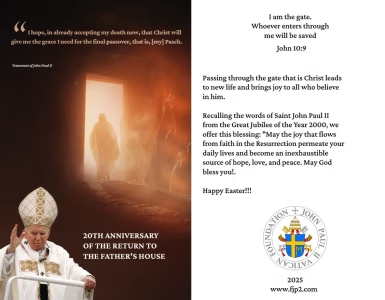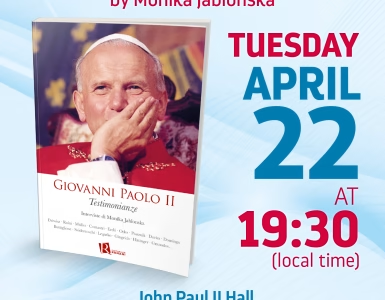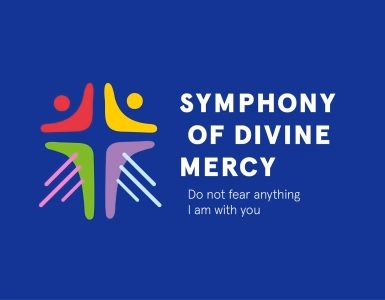Was faithful to tradition – yes, of course. But, at the same time, it was open to dialogue with new theological currents and to a constructive confrontation – as it was confirmed in the encyclical Fides et ratio – of faith with reason. Nor did he back down from the challenges of postmodern society, its complex nature, its pluralism. He tried to correct its shortcomings and weaknesses from within. However, as a credible sign of openness, he adopted a new language and- as he did when he spoke to the European Parliament in Strasbourg in October 1989 – closed once and for good the possibility of returning to the ‘temptation of integralism’.
If, in order to preserve the purity of the faith or to define certain issues related to the Tradition and discipline of the Church, he had to make decisions which were sometimes taken negatively– as in the case of Hans Küng – he always did so in accordance with the Congregation for the Doctrine of the Faith and the episcopate which was directly involved.
– And yet, even today, it is referenced as to the pontificate characterized by great doctrinal rigidity…
– Stiffness? Well, I don’t think so! Even if there was a call to order, even if there were condemnations – and they were – these decisions must be placed in the context of the life of the Church at the time when they were taken. All the more so it should be compared with the many “phrases” recorded by this pontificate that have not always been taken in different ecclesial environments. Let us consider, for example, the new Church which John Paul II began to shape, to live it– it can be said – in the first place, in the exercise of his ministry.
It was he, Pope Wojtyła, who strongly challenged what he had previously criticized as “old clerical one-sidedness.” It was he who promoted and guided the transition of the predominantly hierarchical, institutional and clerical Church to the Church, in which they would find greater space for charismatic aspects, community and life-related aspects and the mission of lay Christians. That is, a Church in which all the baptized – all people of God – could find true, concrete and finally equal dignity.
With the permission of Cardinal Stanisław Dziwisz – “At the side of the Saint”
St. Stanislaw BM Publishing House, Krakow 2013





